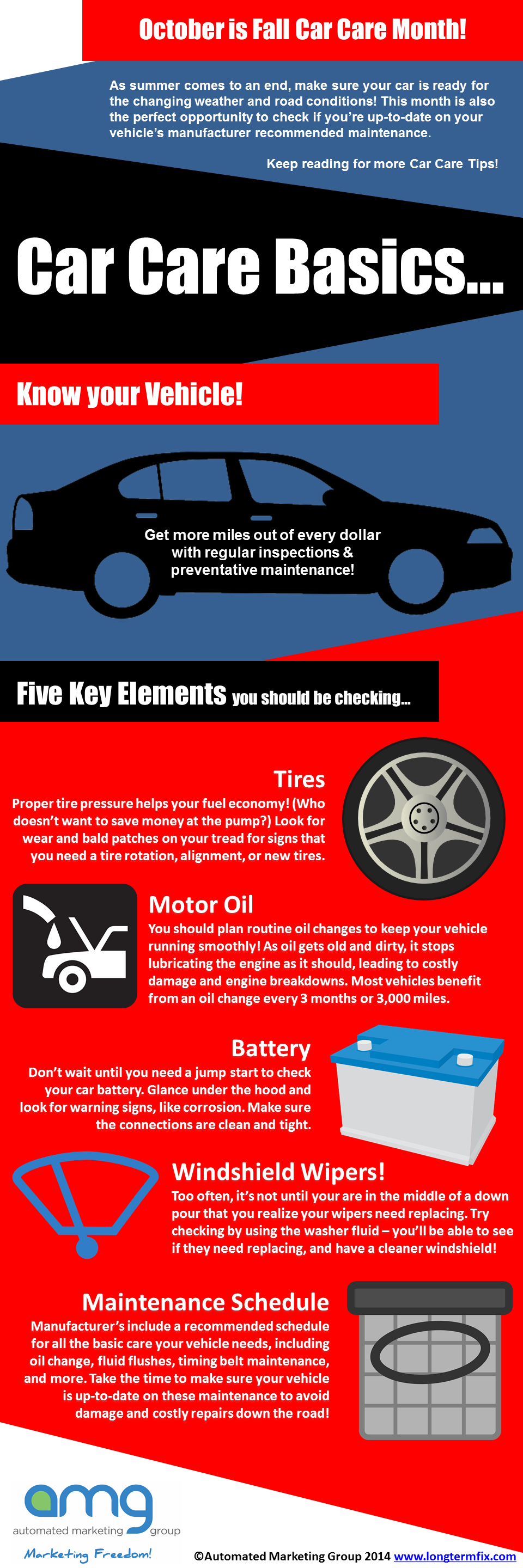Looking For Clearness On The Warning Lights Showed On Your Auto'S Dashboard? Find Out Just How They Relate To Your Automobile'S Health And Wellness
Looking For Clearness On The Warning Lights Showed On Your Auto'S Dashboard? Find Out Just How They Relate To Your Automobile'S Health And Wellness
Blog Article
Article Author-Faulkner Dalgaard
When you lag the wheel, those glowing caution lights on your dashboard can be a little bit difficult. Do you understand what they're trying to tell you about your auto's health and wellness? Understanding the relevance of these lights is essential for your safety and the longevity of your automobile. So, the next time one of those lights appears, wouldn't you intend to decipher its message precisely and take the required steps to address it?
Common Caution Lighting and Interpretations
Identify usual warning lights in your cars and truck and understand their meanings to make sure secure driving.
One of the most regular caution lights consist of the check engine light, which signals issues with the engine or exhausts system. If this light comes on, it's vital to have your automobile examined without delay.
The oil stress alerting light indicates reduced oil stress, calling for instant interest to avoid engine damages.
A blinking battery light might recommend a damaged charging system, potentially leaving you stranded otherwise resolved.
The tire stress monitoring system (TPMS) light notifies you to reduced tire stress, influencing car stability and fuel efficiency. Neglecting https://brakes-near-me51738.blogvivi.com/30842446/necessary-equipment-for-every-single-vehicle-repair-company-to-run-properly might cause hazardous driving conditions.
The abdominal light shows an issue with the anti-lock braking system, compromising your capacity to quit swiftly in emergencies.
Finally, the coolant temperature level alerting light warns of engine overheating, which can cause severe damages otherwise settled swiftly.
Understanding these typical caution lights will certainly assist you attend to problems promptly and preserve secure driving problems.
Value of Prompt Interest
Recognizing the common caution lights in your cars and truck is only the initial step; the relevance of promptly resolving these warnings can't be highlighted enough to ensure your safety when driving.
When a caution light illuminates on your dashboard, it's your vehicle's means of interacting a prospective issue that requires focus. Neglecting these cautions can cause extra extreme issues later on, endangering your safety and security and potentially costing you more out of commission.
Trigger focus to advising lights can prevent break downs and mishaps. For instance, a blinking check engine light could indicate a misfire that, if left unattended, might trigger damage to the catalytic converter. Resolving this quickly can conserve you from a pricey repair work.
Likewise, a brake system warning light might signal reduced brake liquid or used brake pads, vital elements for your safety and security when driving.
DIY Troubleshooting Tips
If you discover a caution light on your control panel, there are a couple of do it yourself repairing ideas you can attempt prior to seeking professional aid.
The first step is to consult your cars and truck's handbook to understand what the details caution light shows. Sometimes https://www.freep.com/story/money/cars/2022/03/26/new-car-prices-mechanics-business/7067249001/ can be as basic as a loosened gas cap activating the check engine light. Tightening the gas cap may fix the problem.
One more usual concern is a low battery, which can set off different cautioning lights. Checking the battery connections for deterioration and guaranteeing they're protected could deal with the problem.
If a caution light persists, you can attempt resetting it by separating the vehicle's battery for a few minutes and afterwards reconnecting it. In addition, checking your vehicle's liquid levels, such as oil, coolant, and brake fluid, can aid troubleshoot cautioning lights associated with these systems.
Verdict
To conclude, recognizing your auto's warning lights is important for keeping your automobile running efficiently and securely. By immediately attending to these alerts and recognizing what they suggest, you can stay clear of expensive repair work and prospective breakdowns.
Keep in mind to consult your auto's manual for certain information on each alerting light and act appropriately to make sure a hassle-free driving experience.
Stay informed, remain safe when traveling!
